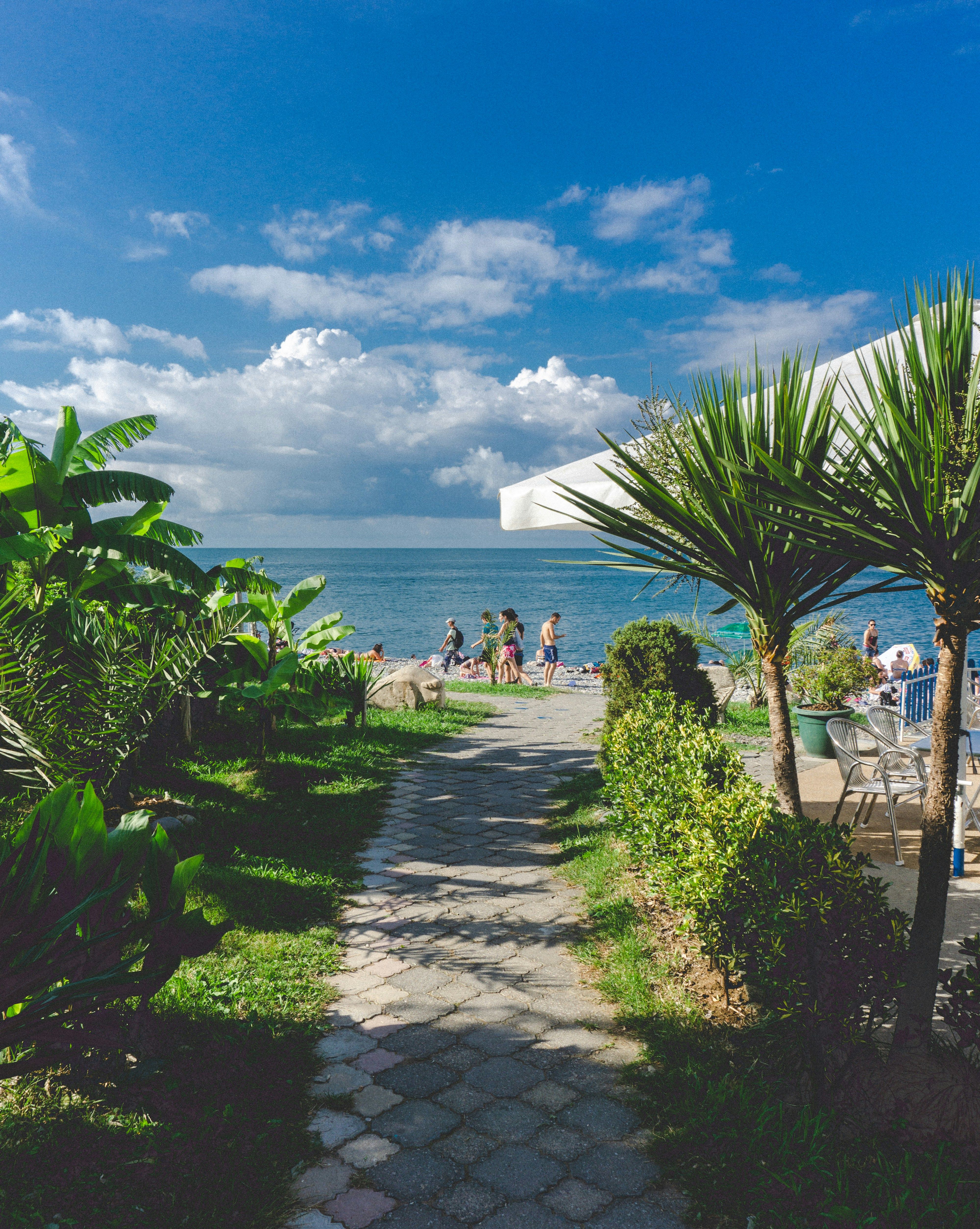following glacier rupture in Switzerland: Officials issue flood warning for surrounding regions. - Flood warning issued for Switzerland by authorities
In the Lötschental valley of Switzerland, authorities issued warnings of potential flooding in multiple towns following a glacier collapse on Wednesday. helps to where over three million cubic meters of rock and ice plunged into the valley, damaging structures in Blatten, and causing the evacuation of several neighboring villages.
As of Thursday, 16 individuals had already been evacuated from Wiler and Kippel, situated downstream in the Lötschental valley. In Blatten itself, authorities reported that some houses initially spared by the glacier collapse had been destroyed by the surge of water from the Lonza. The mayor of the Ferden commune, located in the Lötschental valley, noted, "The water is now flooding the houses that were initially spared by the major event."
Before the collapse, a large part of the Birch glacier in the canton of Wallis had shown signs of instability for several days. The village of Blatten, with about 300 inhabitants, was evacuated the previous week ahead of the collapse. As of Thursday, a 64-year-old man was still missing, according to authorities.
Natural hazards expert Christian Studer warned that the debris could liquefy due to rising temperatures and flow down into the valley, potentially affecting other towns such as Gampel and Steg. However, this is currently considered unlikely. State Councillor Stéphane Ganzer mentioned the prospect of a flood wave reaching the Wallis valley floor could pose a threat to these areas, but this remains an extreme possibility.
The ongoing melting of Alpine glaciers due to climate change has been causing many of them to become less stable for several decades. In just the years 2022 and 2023, Swiss glaciers lost 10 percent of their mass, as much as they did between 1960 and 1990. In August 2017, a massive rockslide in the Swiss canton of Graubünden killed eight hikers and caused severe destruction in the village of Bondo.
Geologists have warned of potential flood risks in the wake of the recent collapse. Debris from the collapse could block a nearby river, and if it breaks through, it could lead to sudden flooding in neighboring areas. Continued monitoring and management strategies to address such risks are crucial, given the increasing instability of mountainous regions due to climate change.
- The community of Blatten, already affected by the recent glacier collapse, now faces the threat of house destruction due to the surge of water caused by the same event.
- As climate change continues to cause the melting of Alpine glaciers, communities such as Gampel and Steg may face potential flood risks, as highlighted by the potential debris flow from the recent collapse.
- In light of the increasing instability of mountainous regions due to climate change, and considering the recent glacier collapse incident, continuous monitoring and management strategies to address flood risks have become essential for the well-being and health-and-wellness of the community. Furthermore, understanding and managing medical-conditions caused by environmental-science and climate-change (like the potential for sudden flooding) will be crucial moving forward.






